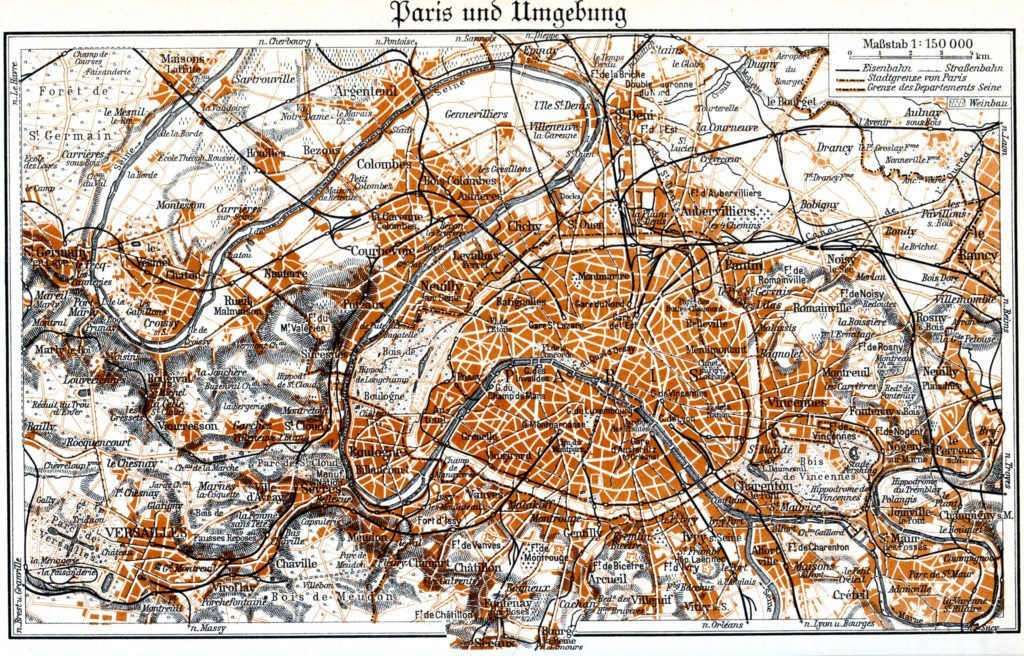Paris 1937
The year 1937 was a significant one for Paris, with several important events happening, particularly in the fields of art and international relations. Here are some of the key events:
Exposition Internationale des Arts et Techniques dans la Vie Moderne: This World’s Fair was held in Paris from May 25 to November 25, 1937. The event attracted millions of visitors, with countries around the world participating. The Eiffel Tower served as the centerpiece, with the Trocadéro Palace housing the exhibitions. Two monumental pavilions were built on the banks of the Seine, the German pavilion designed by Albert Speer, and directly across from it, the Soviet pavilion, designed by Boris Iofan. These pavilions became symbolic of the political tension leading up to World War II.
Opening of Palais de Chaillot: The Palais de Chaillot was built for the 1937 exposition as a replacement for the old Palais du Trocadéro. The building is an iconic example of monumental 20th-century architecture and today houses several museums.
Picasso’s Guernica: Pablo Picasso’s painting, “Guernica,” was displayed in the Spanish Pavilion at the Paris International Exposition. The painting, created in response to the bombing of the Spanish town of Guernica during the Spanish Civil War, became an iconic symbol of anti-war sentiment.
The Popular Front: Although not a specific event, it’s worth noting that in 1937, France was under the government of the Popular Front, a left-wing coalition led by Léon Blum. This was a period of significant social reform, labor advancement, and political tension.
Neutrality in Spanish Civil War: The French government, led by the Popular Front, had to maintain a delicate balance regarding the Spanish Civil War (1936-1939). Despite pressure from left-wing forces to support the Spanish Republic, the government officially maintained a stance of non-intervention in 1937, reflecting the political tensions of the era.
International Tensions: The broader political climate of Europe in 1937, including the ongoing Spanish Civil War, the rise of Fascism in Italy, and Nazi Germany’s growing power, would have significantly impacted Paris, contributing to a climate of uncertainty and tension.

